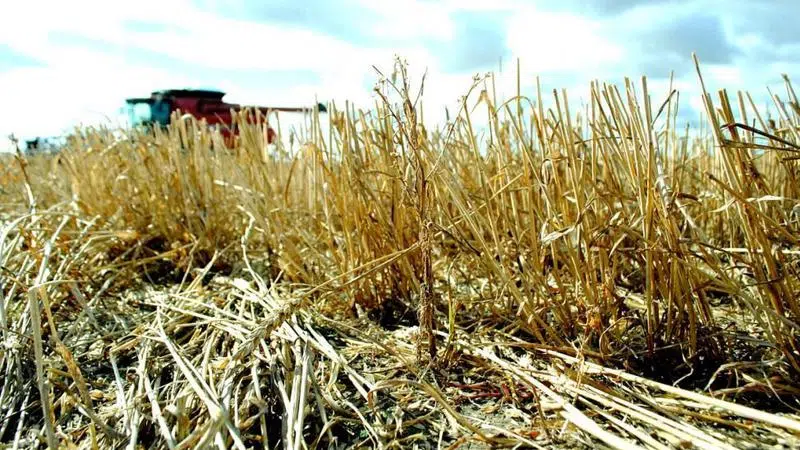
Risk management key as Alberta ag producers start 2020 behind the eight ball
After a difficult 2019, agriculture professionals in the province are asking producers to take risk management seriously with the 2020 growing season upcoming.
Some of the sector’s top minds, including Alberta Agriculture Minister Devin Dreeshen, met in Innisfail this week to share ideas and talk about what may be to come.
“Farmers are, by nature, optimists. But especially west of Highway 2 and into the Peace (region), we’ve got a lot of unharvested acres, and on top of that, the crop that did come off (last year) was either poor quality or damp,” says Keith Gabert, a local agronomy specialist with the Canola Council of Canada.
“We’ve seen a lot of grain-drying, and have gotten into discussions about things like the carbon tax with more natural gas being used. At the end of the day, we have crop out in the field that should’ve been in the bin, and that’s going to create some logistical challenges and delays in getting the next crop in. So we’re starting this year at a disadvantage.”
